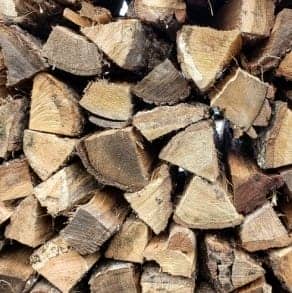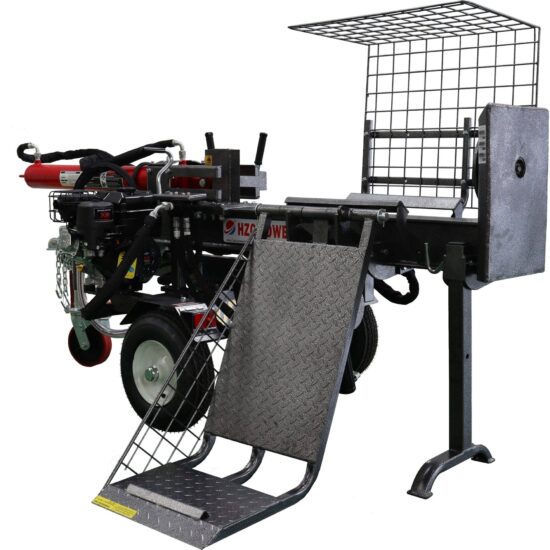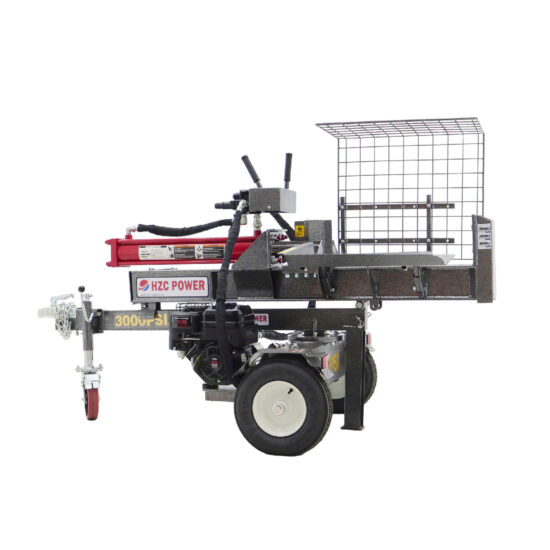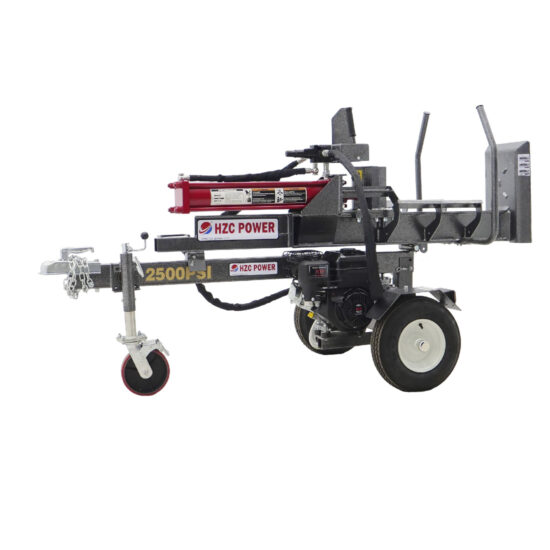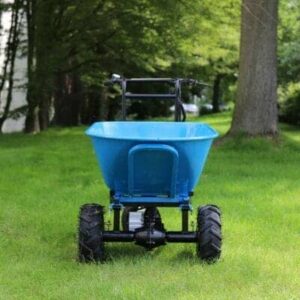Last week I was told by my mother that an acquaintance has been delivered about 20 cubic meters of wood! The logs must now be sawn into suitable pieces and then split. No problem for the acquaintance: His own chainsaw including a certificate and a log splitter are available.
The problem – my mother reported further – would be the stacking. Because at regular intervals during the year, the wood piles would fall over and the logs would land at one’s feet. I shook my head in confusion at this point in the story, because it had never happened to us before. Our stacks remained standing.
What is there to consider when drying split wood? How to build a stack of wood so it doesn’t fall over? What could be the problem of the acquaintance?
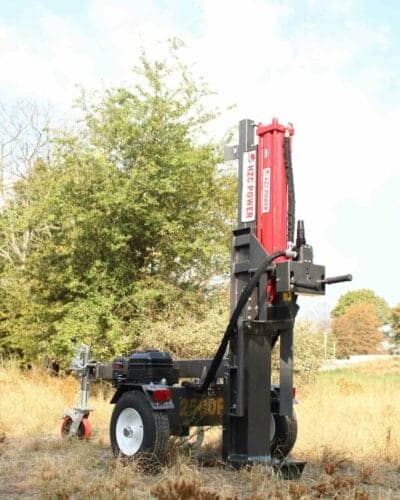
Place of the wood pile
Optimally, firewood should generally be stored in a sunny, dry, well ventilated area and protected from the weather
A pile of wood on the wall of the house
Should you plan your wood pile on your house wall, then the south side of the house is particularly suitable. This side is particularly sunny and best protected from wind, rain and snow. Furthermore, it is essential to keep a distance from the house wall or other fixed components, so that no algae, moss and wetness from moisture and mold can form. A minimum distance of 5-15 centimeters is recommended here.
The house wall should also not be protected with films, tarpaulins or cardboard, because this prevents ventilation of the facade and can also lead to the above problems.
In addition, the stack should not be started on the ground, but a pallet or stones or square timbers should be used as a base. These protect against moisture and waterlogging from below and increases the ventilation of the entire stack.
The storage in a firewood rack
If positioning the stack against a house wall – optimally the south wall – is not possible, the stack can also be placed freely with the help of a suitable firewood rack (purchased or a DIY construction).
This also offers the advantage of using the firewood stack as a privacy screen and good ventilation is provided. However, attention should be paid to a sufficiently large roof. Here, the narrow side should always be oriented to the west side – the weather side, so that the wood is not too exposed to the elements.
No storage in the cellar
At first glance, a dry and heated basement is also suitable for storing firewood. However, no firewood should be stored in the basement for drying, because there is not enough air circulation. Due to the low air exchange and the rising humidity, mold can otherwise also form very quickly here and the wood can rot. So only store wood that is already sufficiently dried.
The storage in a wooden stack
The wood stack represented a traditional way of storing wood. In this case, the logs are layered to form a round and narrowing upwards. If there is enough space, a wooden windrow is not only very practical, but the round wooden pyramids are also decorative. Building a wooden pyramid requires some practice and time. Instructions can be found in large numbers on the Internet.
The best procedure for stacking wood
Die Holzstücke sollten Scheit für Scheit nebeneinander gelegt werden, sodass ein kleiner Abstand zwischen den einzelnen Scheiten besteht bleibt, dies sorgt für eine vorteilhafte Luftzirkulation. Wenn möglich platzieren Sie die Scheite mit der Rinde nach unten. So wird das Risiko gesenkt, dass das Holz Feuchtigkeit zieht und fault. So sollte die ganze Breite des Holzlagers gefüllt werden.
Staggered rows at the logs
Staggered rows provide additional stability. Therefore, care should be taken to lay rows of logs laid crosswise at certain intervals. Depending on the width of the logs, 2-3 pieces should fit crosswise. With this alternate layering of logs, a stable construction is gradually built up.
For a construction with a boundary at the back of the stack, such as the wall of the house, we recommend starting a little further away from the wall and placing each row a tiny bit more towards the wall so that the stack has a slight trend towards the back. Also, thicker ends of the logs should be placed towards the front.
Covering the wood pile
In the absence of a good cover on the stack should be turned up the bark of the logs at the top row, as it serves as a shelter. On average, wood must dry for 2 -3 years. However, this process is highly dependent on the type of wood and how it is stored. With a simple moisture meter, you can determine whether the wood already corresponds to the desired drying.
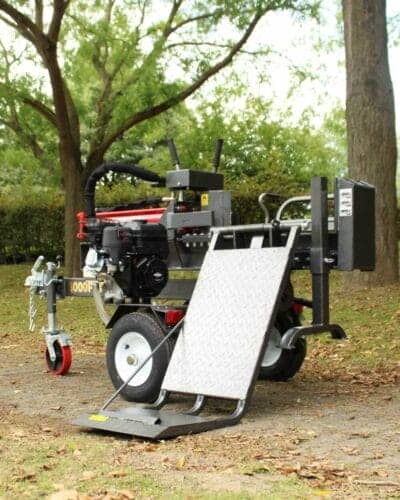
Why is the wood pile toppling over now?
This slight trend backwards ensures that the stack will not fall over. After all, wood shrinks during the drying process, and not even slightly. As the moisture content decreases, the volume will drop by 7-20 percent per log, depending on the type of wood. On the front side – the sun and wind side – the logs dry faster and the volume decreases faster, so the logs here become narrower and the stack tends to tip forward.
So it is essential to pay attention to the fact that logs shrink and if this happens faster on one side, this process must be compensated.

